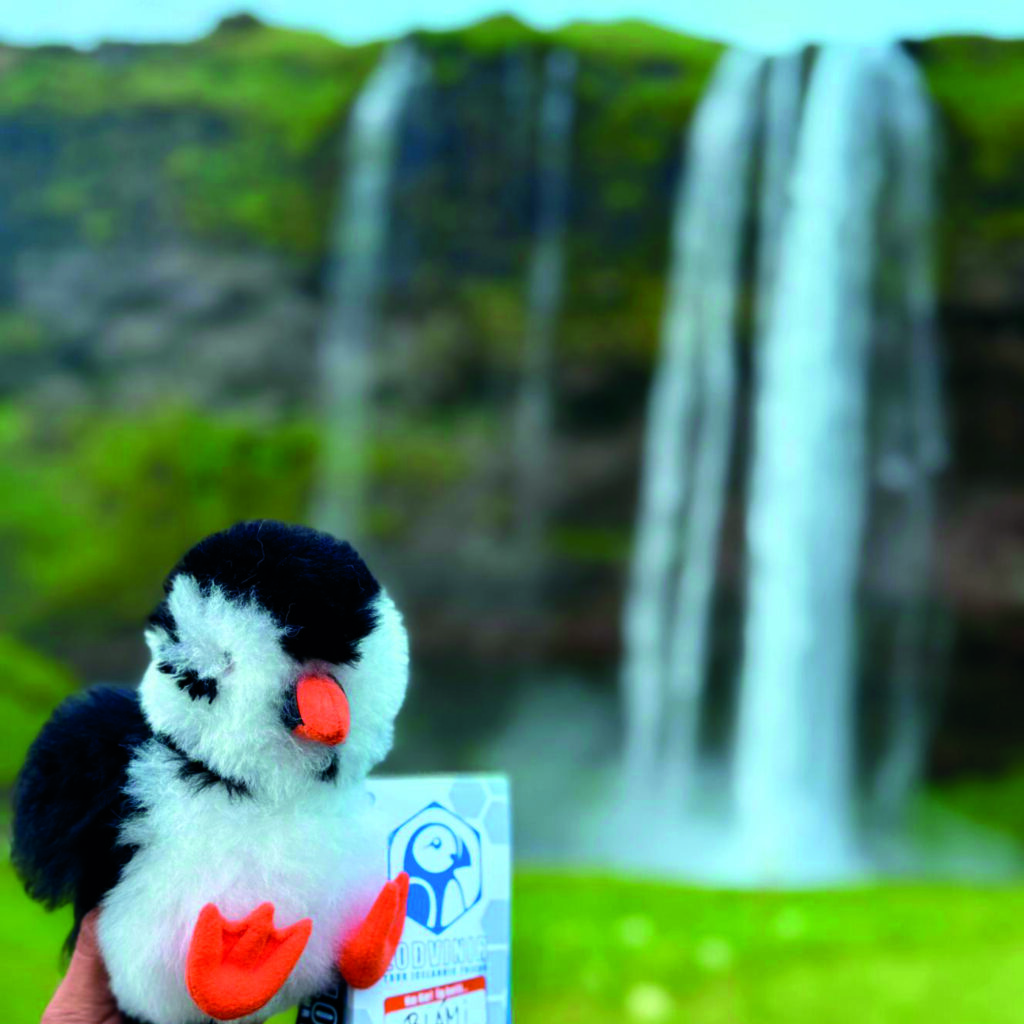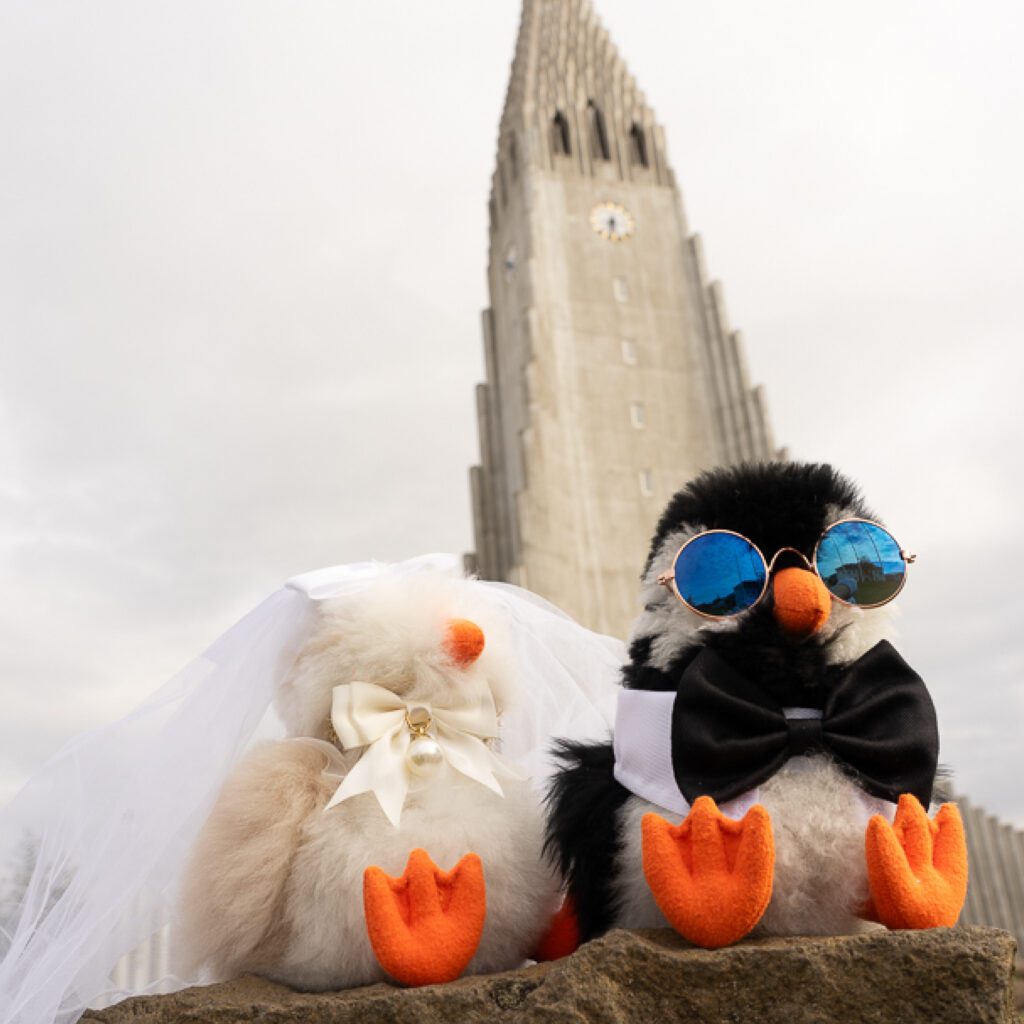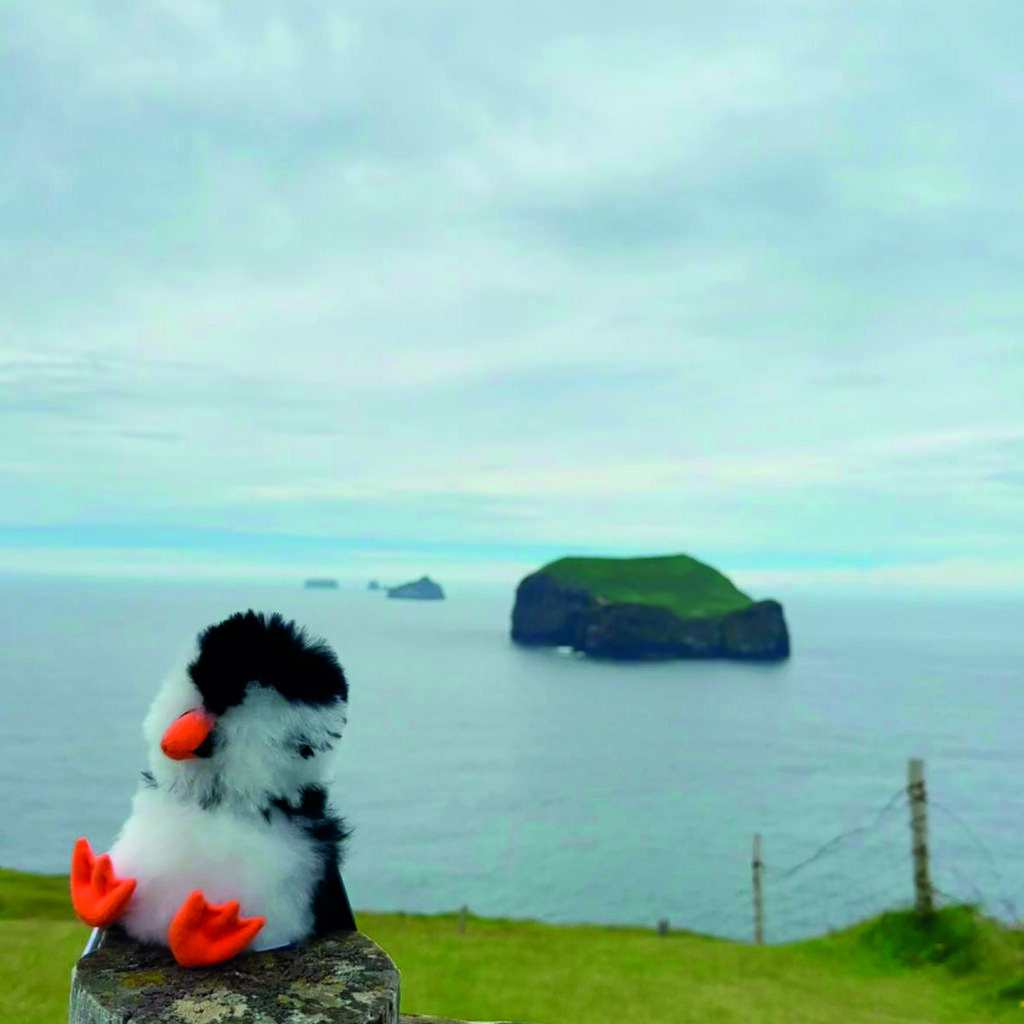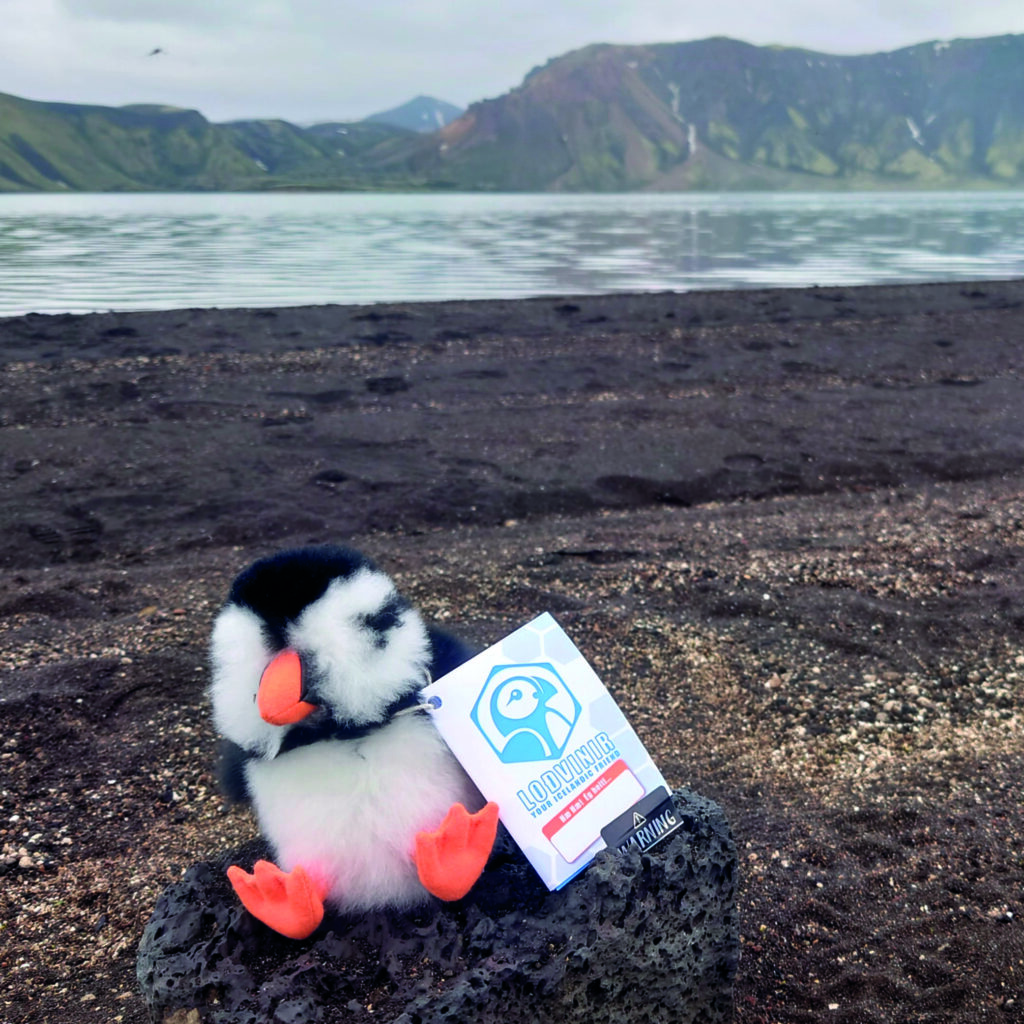When people hear the word fur, they often think of animals harmed for fashion. But did you know that fur can sometimes be sourced in a way that respects both the animal and nature?
Some cultures and industries use fur ethically, as a by-product or from animals that have died naturally. This approach respects the animal and reduces waste, turning something that would otherwise be lost into a meaningful piece.
What Is Ethical Fur?
Ethical fur comes from animals that are not killed solely for their pelts. Instead, the material is collected as a natural by-product—either from animals that have died naturally or as part of traditional practices that value the entire animal.
This means nothing goes to waste, and the animal’s life is respected.
The Difference Between
CONVENTIONAL FUR
- Animals raised and killed only for pelts
- Factory farming, high waste
- Associated with cruelty
ETHICAL FUR
- Fur collected as a by-product or after natural death
- Small-scale, traditional, sustainable
- Honors the animal and reduces waste
Examples of Ethical Fur Practices
SHEEP
Sheepskin are usually by-products of the meat and dairy industries.
COW
Leather is usually by-products of the meat and dairy industries.
REINDEER
Indigenous Arctic communities use hides from animals already part of their diet.
ALPACA
Primarily valued for their fiber; hides are used only when an animal dies naturally.
LLAMA
Primarily valued for their fiber; hides are used only when an animal dies naturally.
There are workshops and brands which work only with certified cruelty‑free skins, obtained only after the animal’s natural death.
Gratitude for Those Who Care for Animals
Not all animals are as fortunate, but there are some species that, even from an economic perspective, are far more valuable alive than taken for their hides. For many artisans and communities, caring for these animals and using only what they naturally provide is both a sustainable and respectful practice.
- Alpacas and llamas give their soft fiber every year through gentle shearing, and their hides are used only in the case of natural death.
- Sheep and goats provide wool and milk throughout their lives, making them much more valuable while alive.
- Reindeer, in Arctic communities, are companions and a source of food; their hides are used only as part of a respectful, full-use tradition.
- Camels provide milk and transportation in desert cultures. When they die naturally, hides can be used for leather goods.
This approach helps honor the life of each animal, showing that it is possible to create beautiful products without breeding animals solely for their fur.
Even though we know that, sadly, there are always people who may harm animals just for profit, this is why it is so important to always double‑check where the fur comes from and choose trusted, certified sources.
A Thoughtful Choice for Fur Lovers
If you are a lover of fur but want to make a conscious choice, there are beautiful options to consider in Iceland.
If you appreciate the rough, natural texture of Icelandic sheep wool and leather, you’ll find it a unique and authentic material with deep roots in sustainable farming traditions.
If softness and fluffiness are what you seek, alpaca fiber offers a gentle, luxurious feel gathered through gentle shearing that respects the animal’s well-being. And in LOÐVINIR we have the fluffiest friends you can find in Iceland.




When you bring home a plush puffin from Iceland, you’re not just buying a souvenir—you’re part of a story that respects nature and values quality over mass production.
Why Choosing Ethical Fur Matters
Consumers today are more conscious than ever. Supporting ethical fur alternatives:
- Reduces waste and environmental impact.
- Supports traditional communities and small-scale artisans.
- Proves that luxury and kindness can coexist.
Why Alpaca Fur Is a Sustainable Option
Alpacas are gentle animals native to the Andes. They provide fiber every year through shearing—similar to sheep. In some cases, when an alpaca dies naturally, its hide can be used, giving new purpose to something that would otherwise be lost.
This way, soft and natural alpaca materials are transformed into long-lasting pieces while honoring both the animal and the environment.
Handmade Alpaca Plush Puffins: A Souvenir That Tells a Story
Our handmade alpaca plush puffins are much more than a simple souvenir from Iceland. Each piece is lovingly crafted by skilled female artisans in Peru and their families, using natural, cruelty‑free, and sustainable alpaca fiber.
Alpacas are truly remarkable animals — they are far more valuable alive than for their hides. Their soft fiber is carefully sheared each year without harm, supporting sustainable livelihoods and traditional farming communities. This ongoing relationship means alpacas provide income and wellbeing for farmers over many years, making ethical fiber a conscious and kind choice.
At LODVINIR, we work closely with a female artisan workshop in Peru that shares our values. They source only cruelty‑free materials and uphold fair wages, empowering small farms and supporting women entrepreneurs and families of artisans.
By joining the LOÐVINIR family, you’re not only bringing home a plush puffin—you’re:
- Supporting small-scale farms and artisan communities in Peru, ensuring fair pay and sustainable growth.
- Helping Icelandic wildlife through our donations and upcoming educational projects dedicated to protecting local animals.
- Encouraging female entrepreneurship, creating unique, heartfelt products that are more than souvenirs—they’re real friends and experiences.
Every puffin tells a story of care, respect, and connection—between you, the animals, and the people who bring these creations to life.
JOIN OUR FAMILY
LOÐVINIR
GET NOW YOUR OWN ICELANDIC FRIEND

